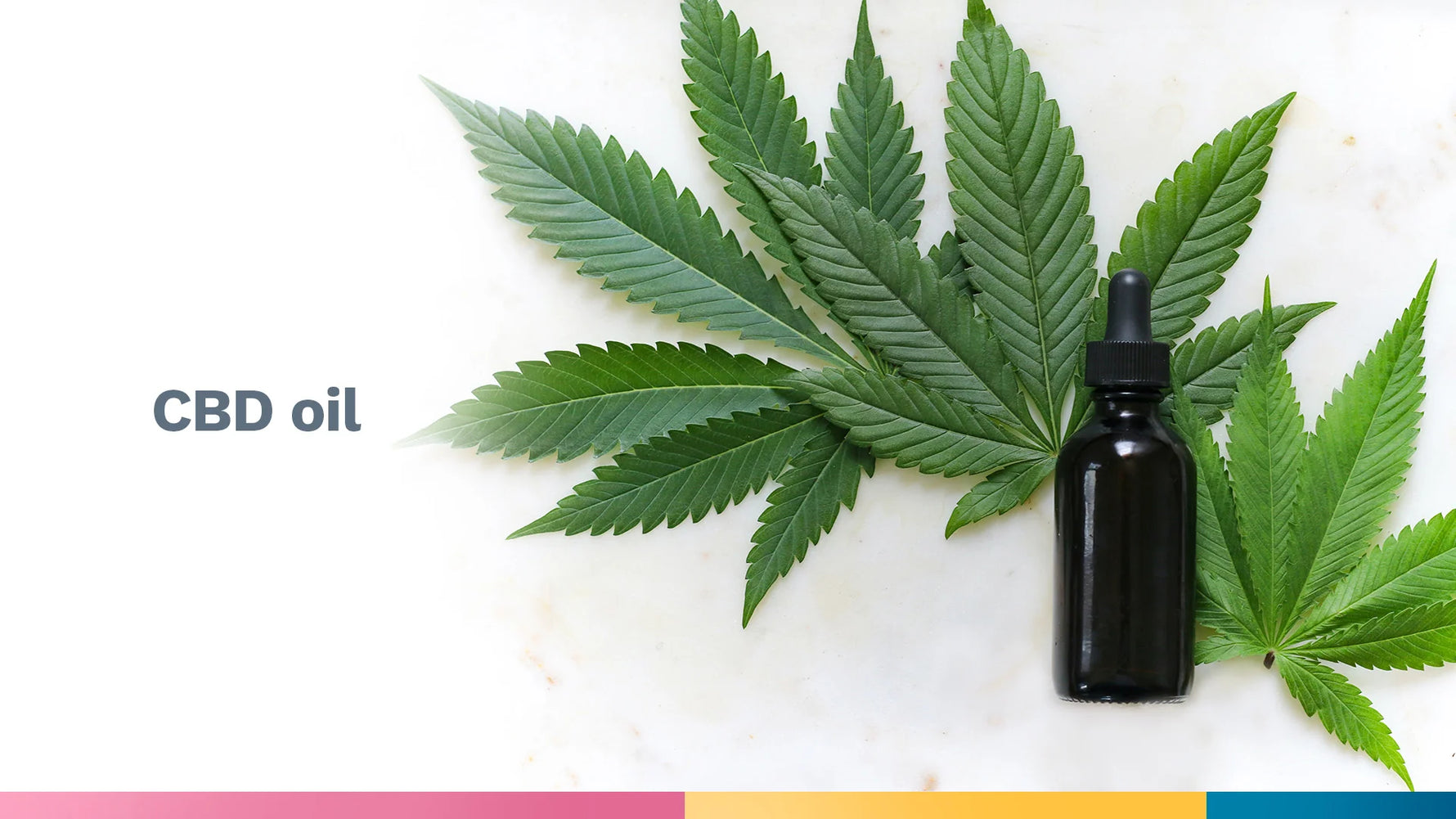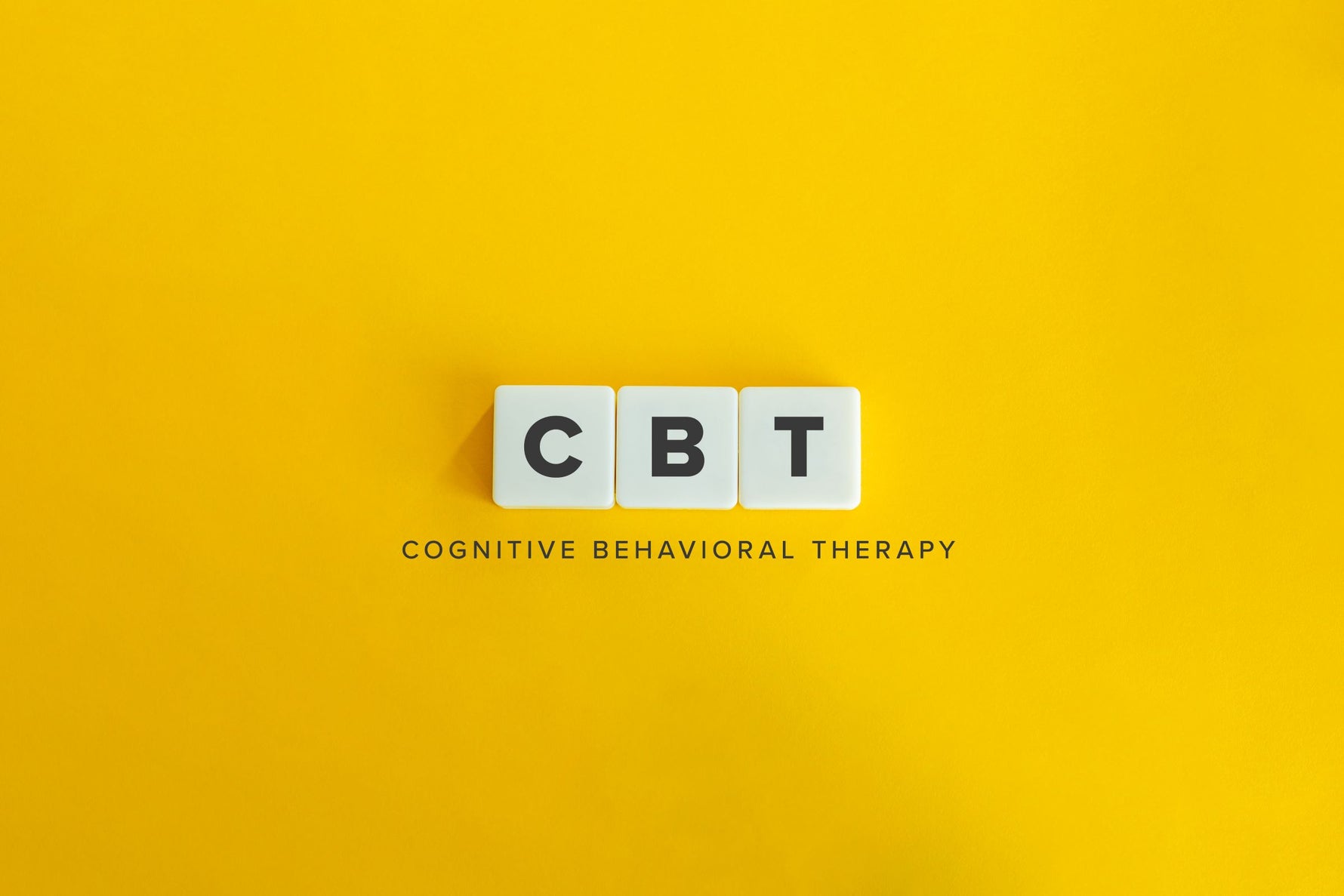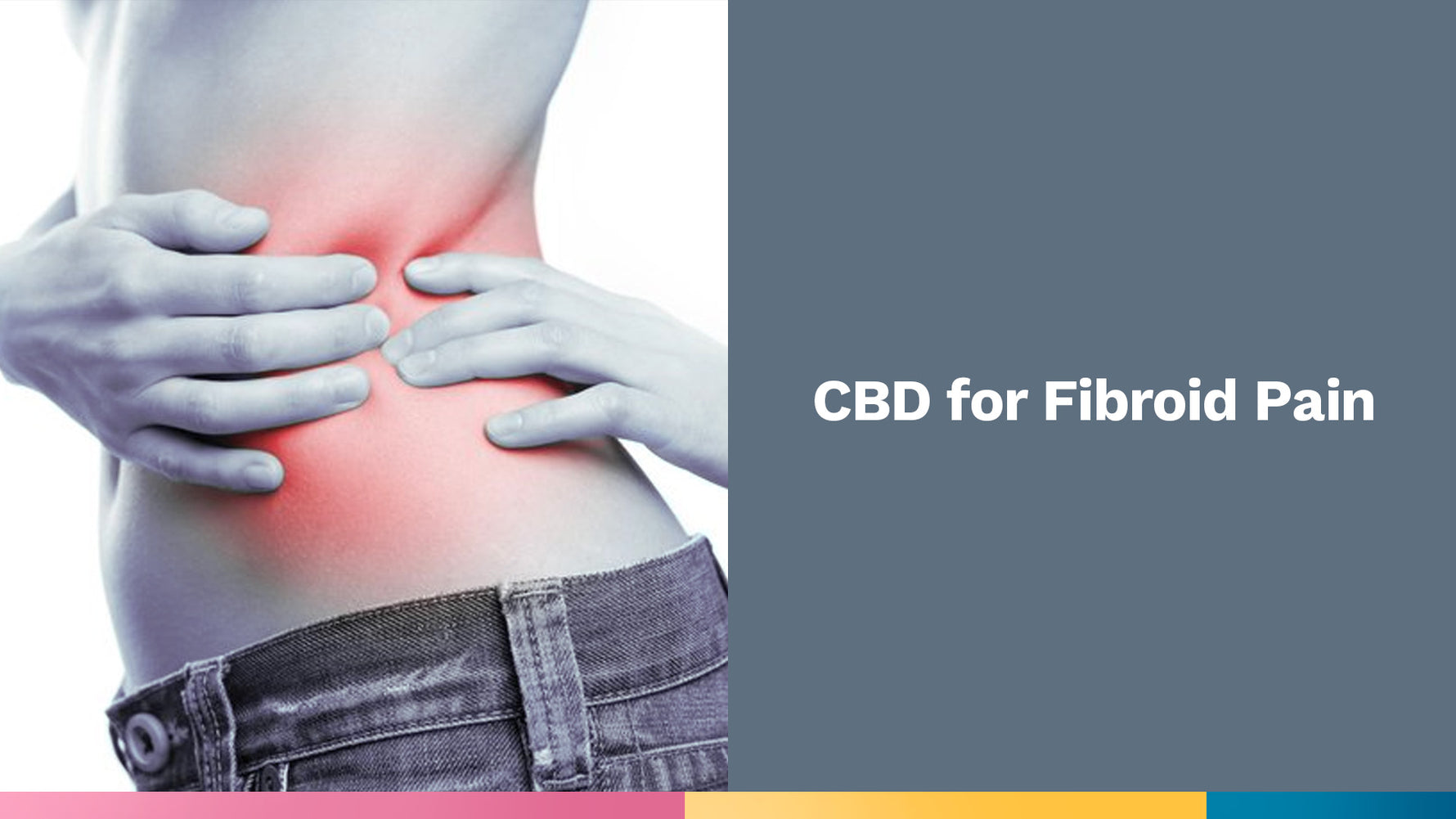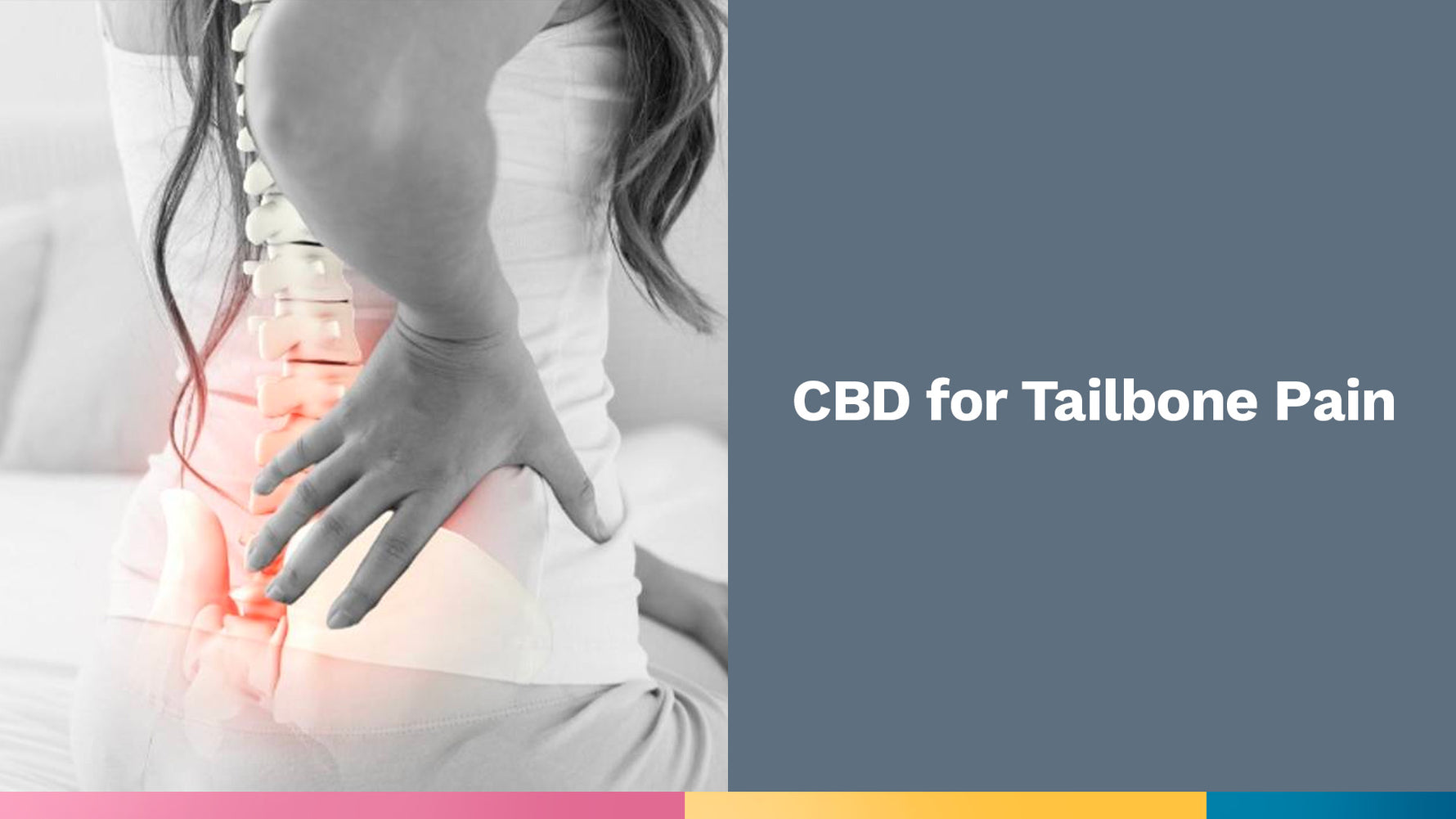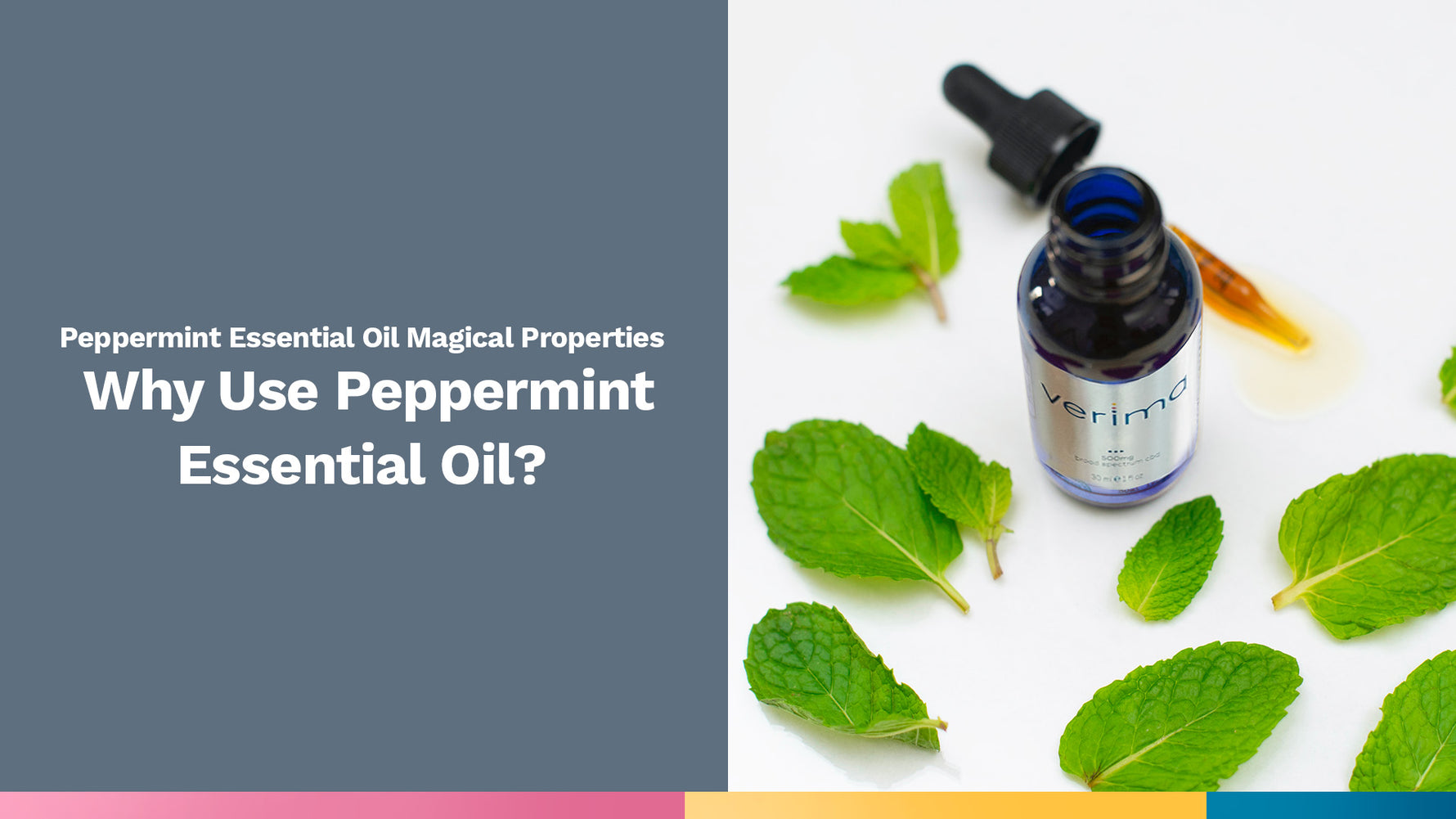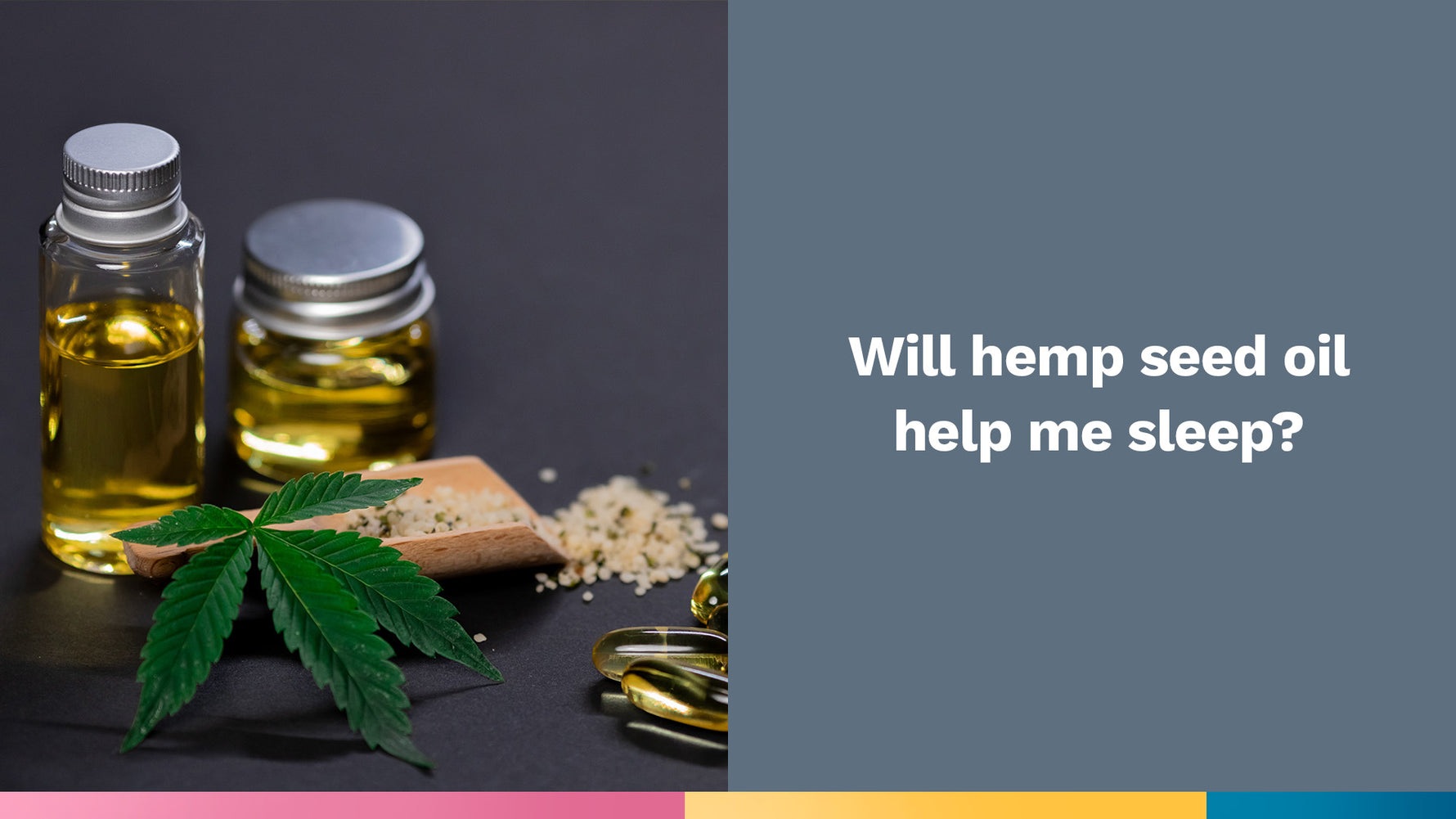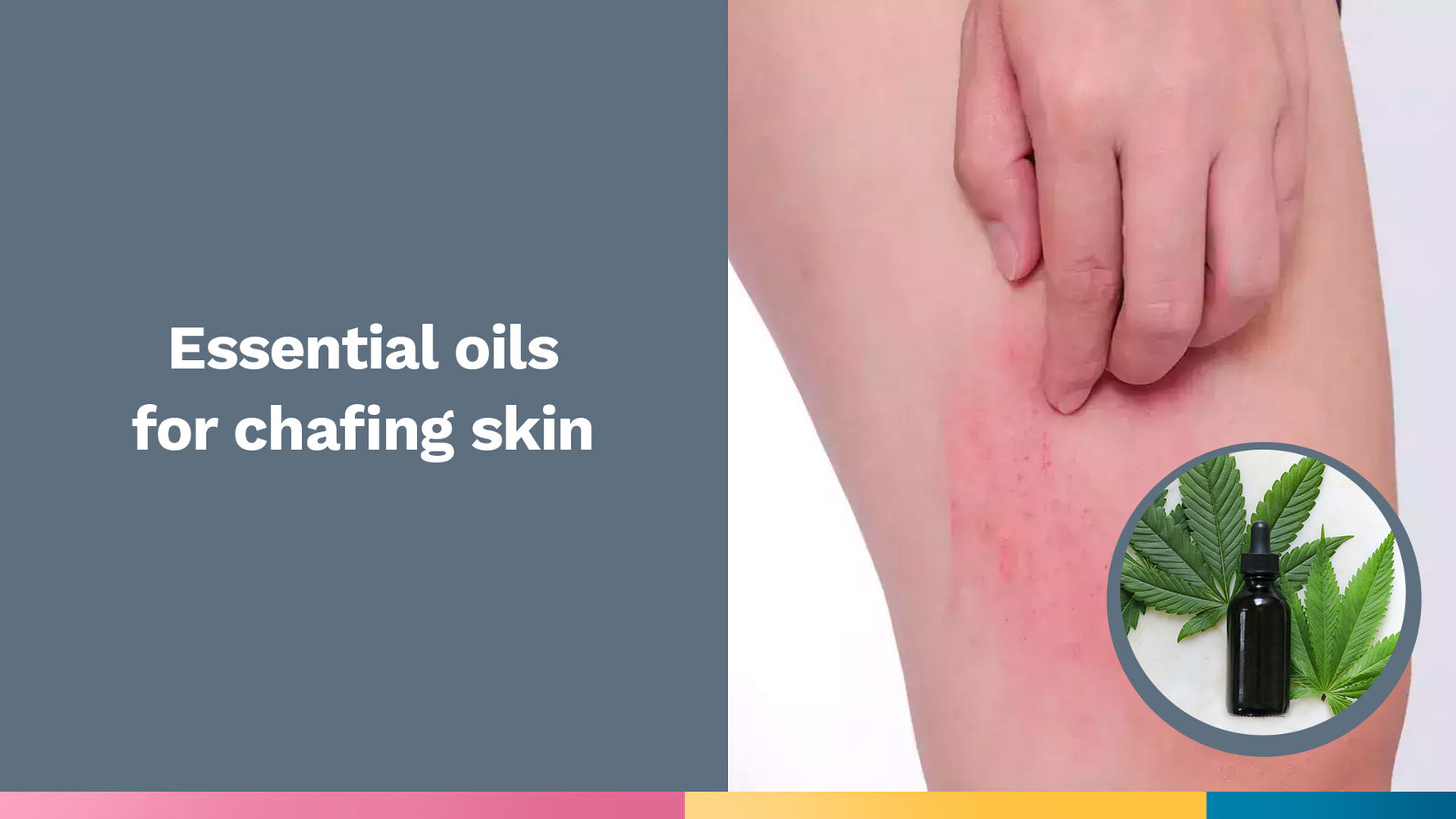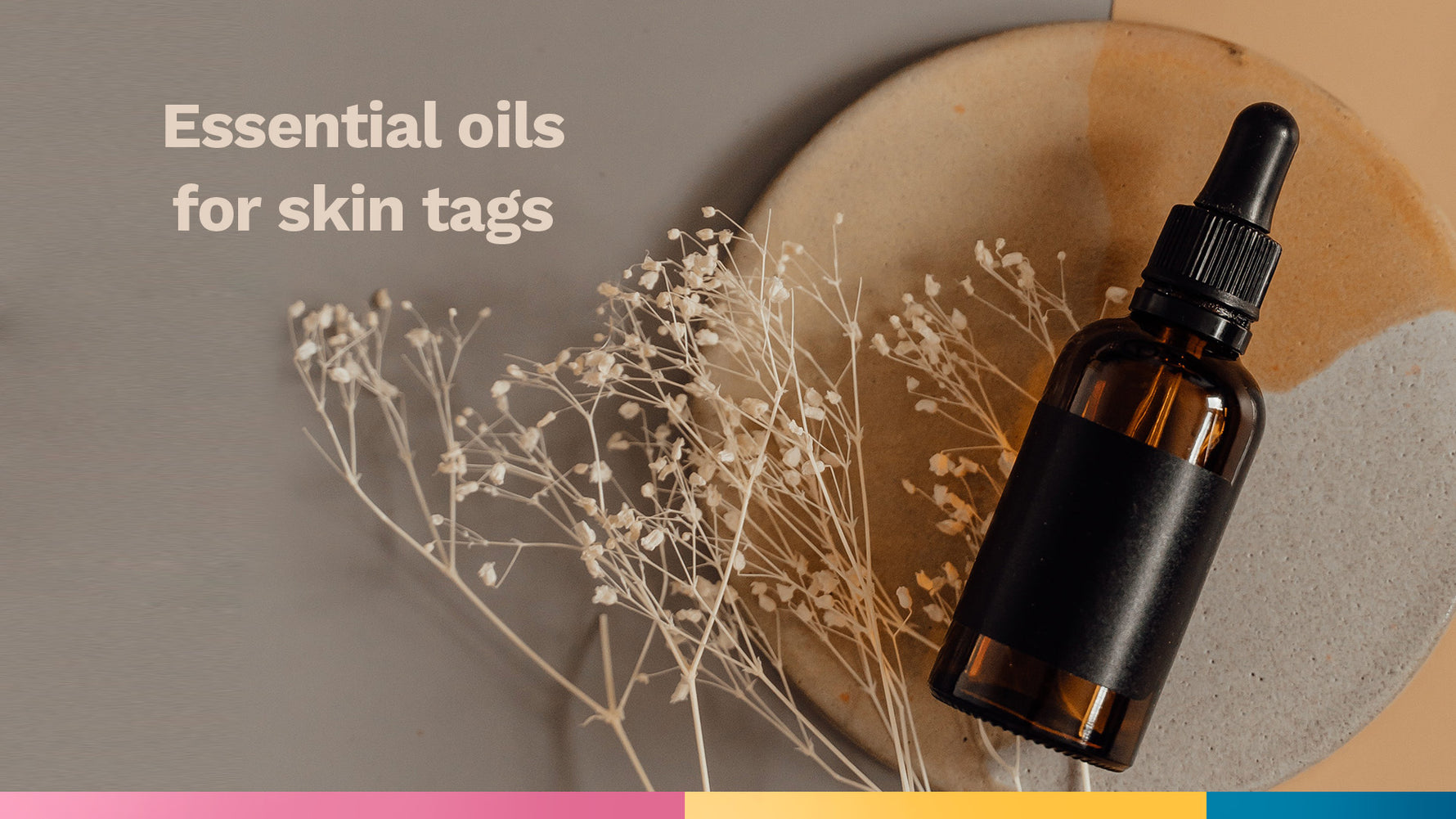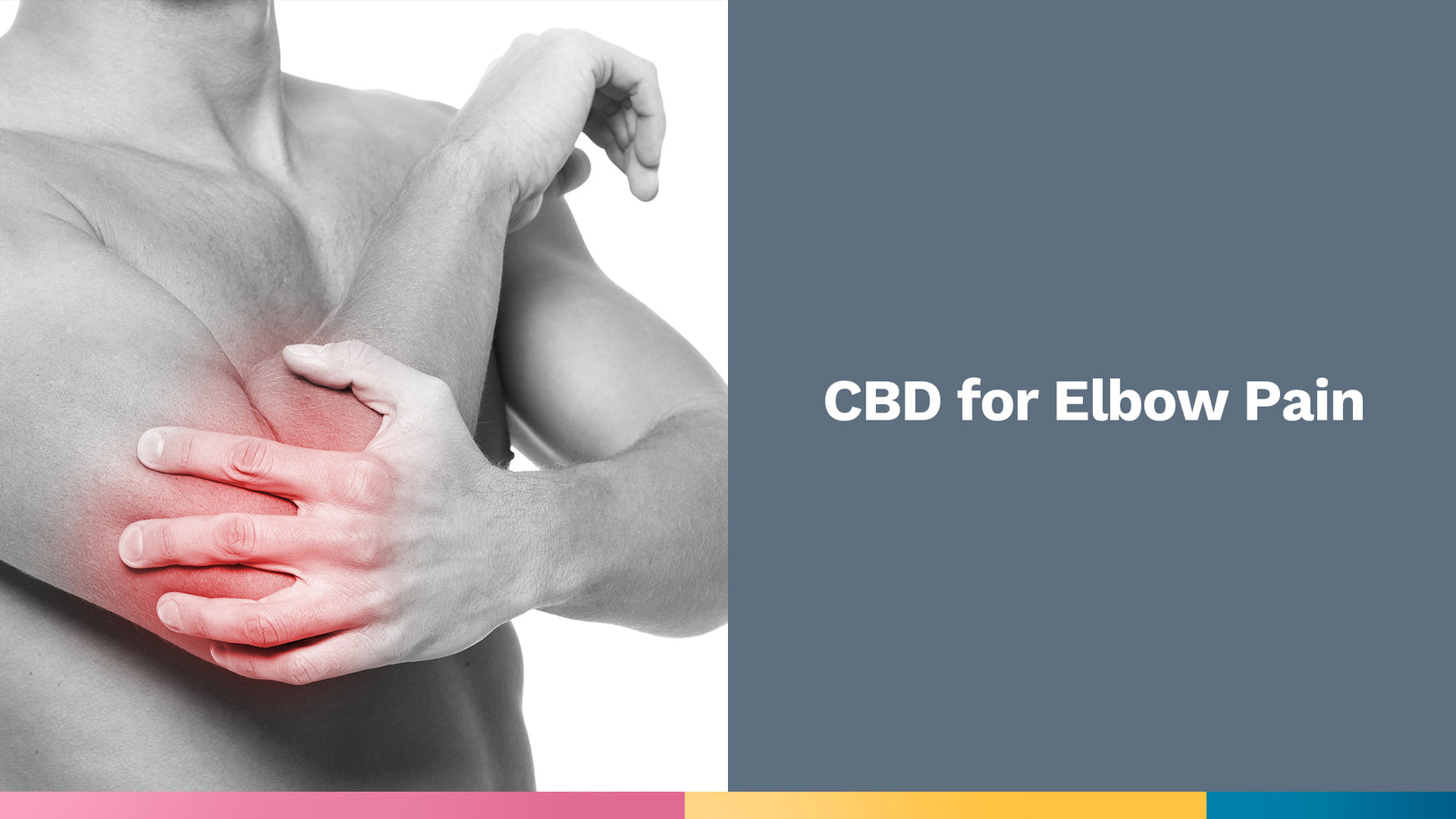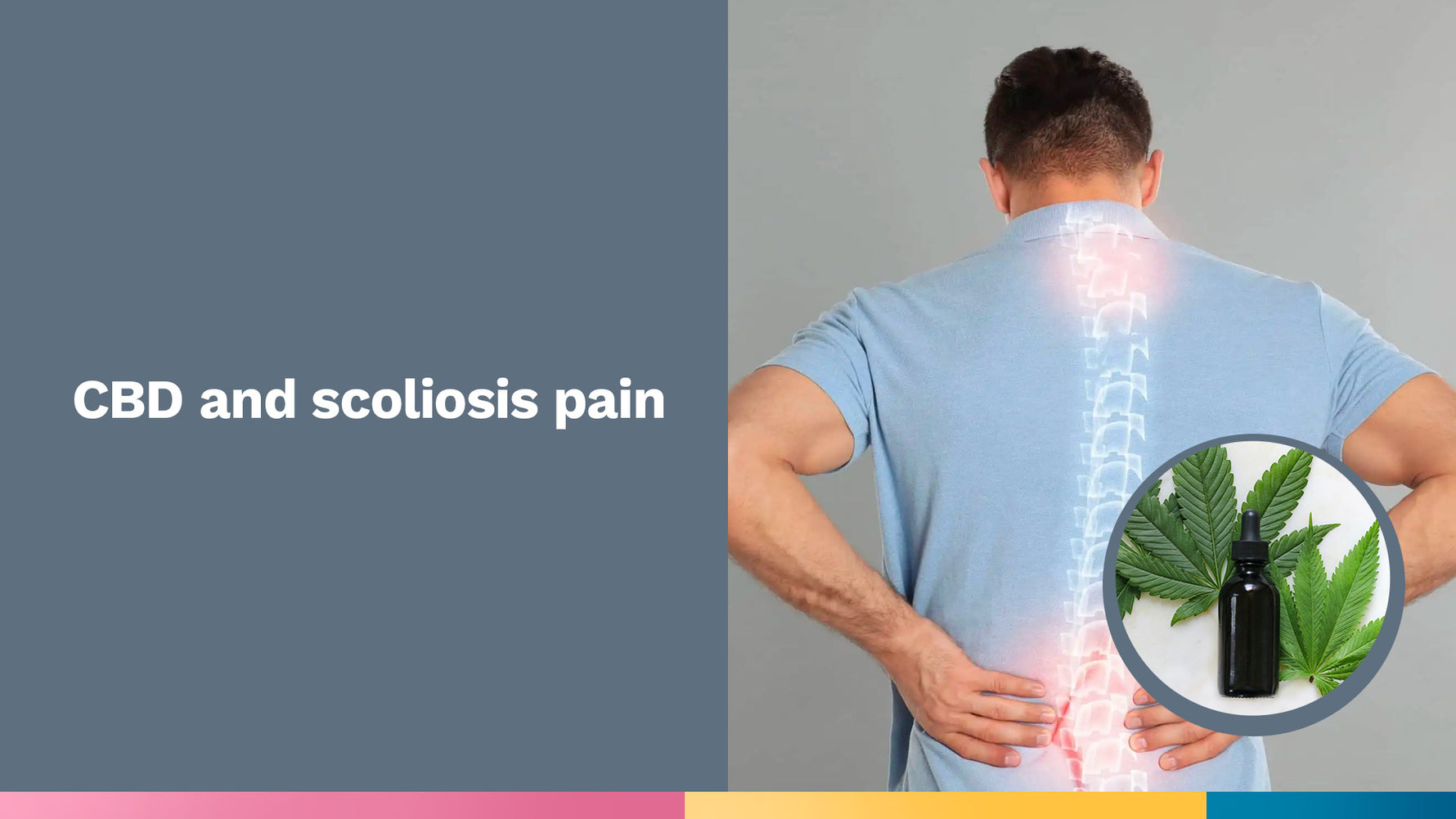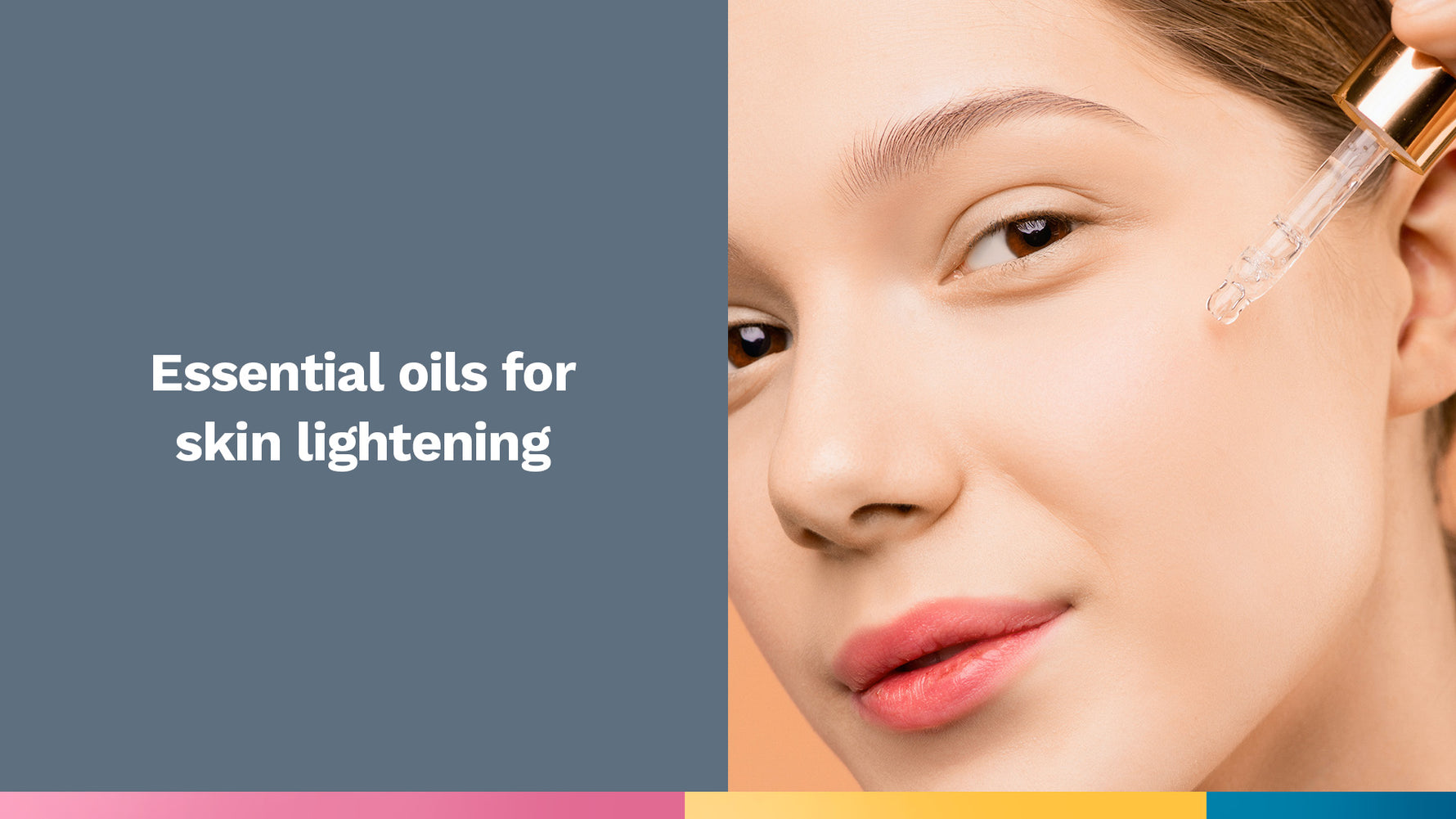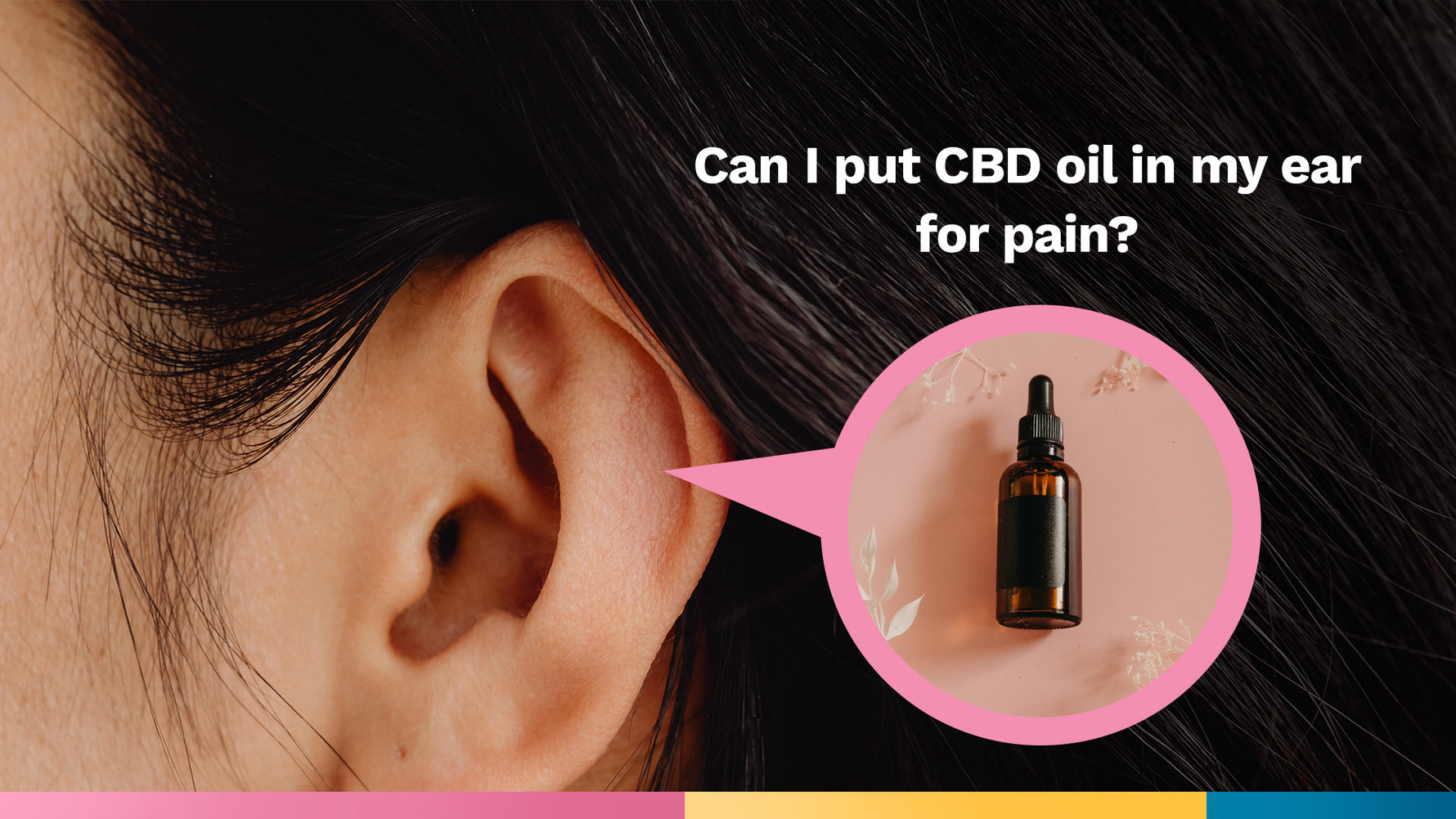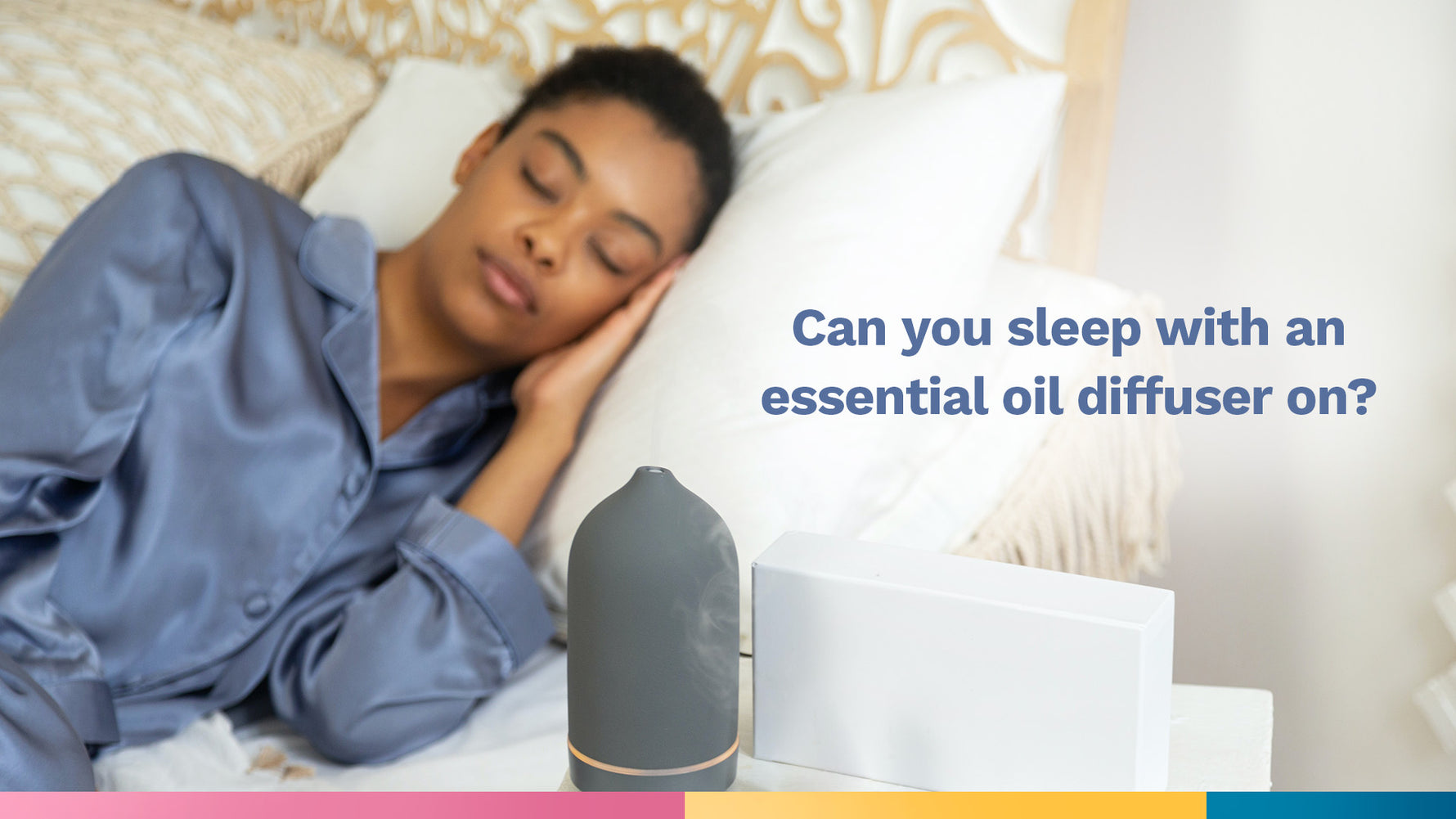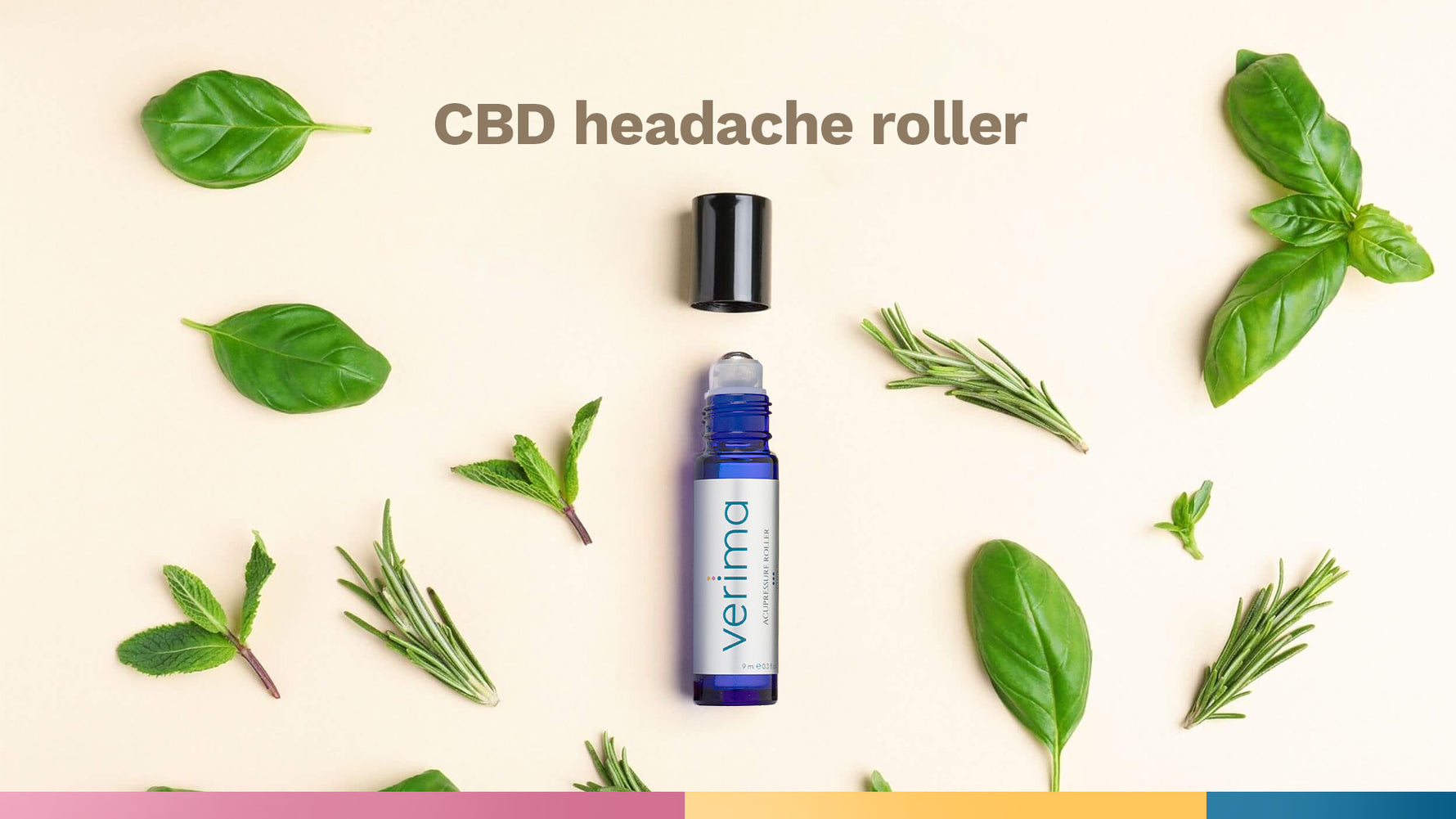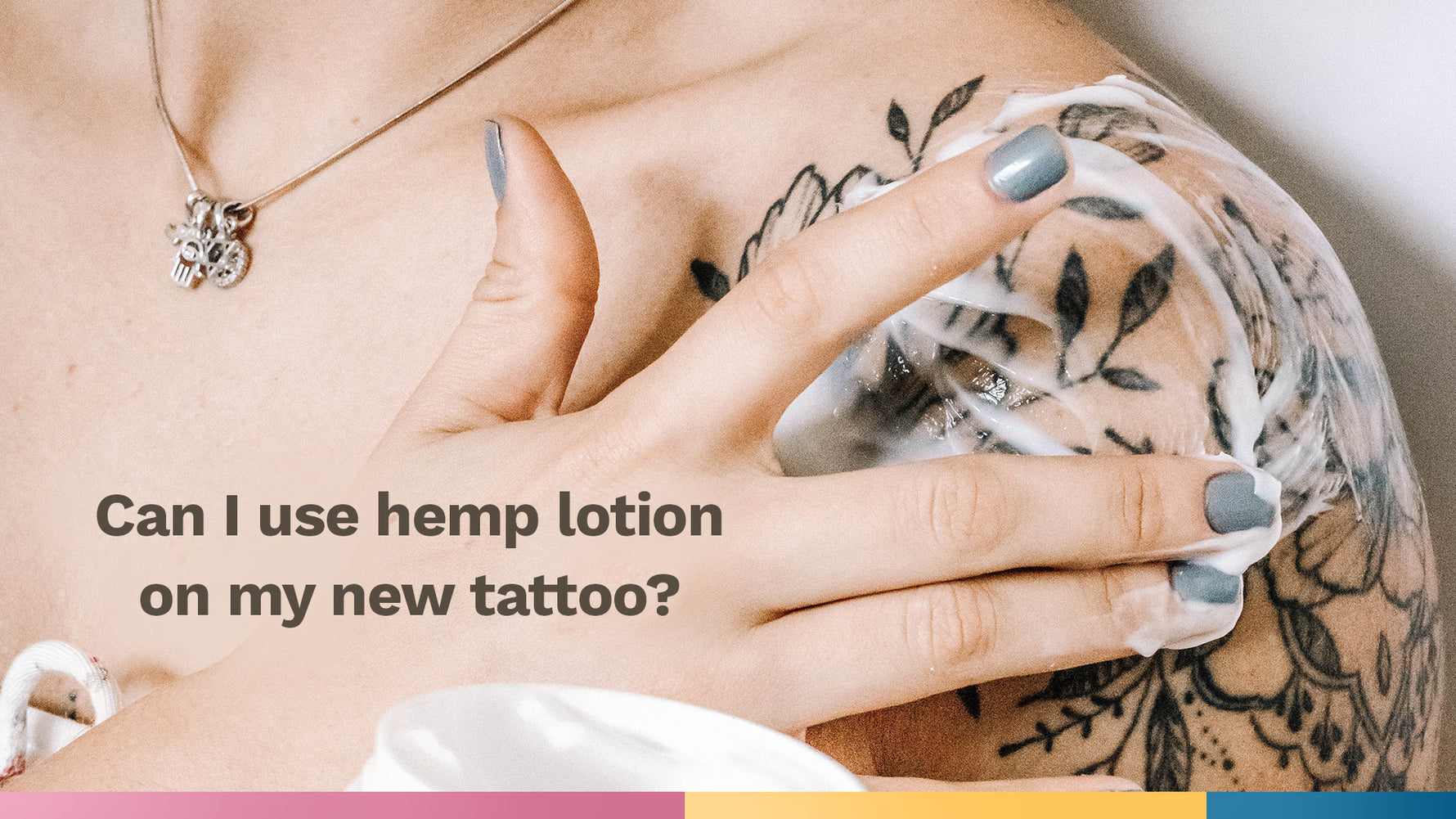CBD has been gaining popularity in recent years, with a growing number of people using it for its potential health benefits. But with that comes the question- how long does CBD stay in your system? The answer is not as straightforward as one might think. Several factors impact the retention of CBD in the body, including dosage, method of consumption, and personal physiology. In this blog post, we will delve into the properties of CBD and its difference from THC. We will also explore how dosage and duration play a role in its retention and the different methods of consuming CBD. Additionally, we will discuss the importance of frequency in CBD usage and whether it can be detected in urine or blood tests. Lastly, we will cover whether the type of CBD affects its stay in the system. Read on to learn all you need to know about how long CBD stays in your system.
Understanding CBD and its Properties
CBD, derived from the cannabis plant, is a non-psychoactive compound that interacts with the body's endocannabinoid system. This interaction may provide potential health benefits. CBD oil, a popular form of CBD, is known for its versatility and ease of use. The effects of CBD can vary based on factors such as dosage, method of consumption, and individual metabolism. Research suggests that CBD may possess anti-inflammatory, analgesic, and anxiolytic properties. It is important to note that the duration of CBD's stay in your system can be influenced by various factors, including the amount of CBD consumed, the type of CBD product used, and the individual's metabolism. Understanding these properties and factors can help individuals make informed decisions about CBD usage.
The Definition of Cannabidiol (CBD)
Cannabidiol (CBD) is a naturally occurring compound found in the cannabis plant. It is often used for its potential therapeutic effects, such as pain relief and anxiety reduction. Unlike tetrahydrocannabinol (THC), CBD does not produce psychoactive effects or a feeling of being "high." Many people turn to CBD as a natural alternative to traditional medications. CBD products come in various forms, including tinctures, oils, capsules, edibles, and topicals. When consumed, CBD interacts with the body's endocannabinoid system, which plays a role in regulating various physiological functions. The duration of CBD in your system can vary depending on various factors, including dosage, method of consumption, individual metabolism, and the presence of fat cells. However, it is important to note that CBD is generally metabolized and eliminated from the body within a few days.
How CBD Differs from THC in Cannabis
CBD and THC are two cannabinoids found in the cannabis plant, but they have distinct effects. While THC is the psychoactive compound responsible for the "high" associated with marijuana, CBD does not produce psychoactive effects. In fact, it may even counteract the intoxicating effects of THC. Another key difference is that CBD is legal in many countries, whereas THC remains illegal in certain places. For instance, in the United States, CBD products must contain less than 0.3% THC to comply with federal regulations. Understanding these differences is crucial for consumers who want to navigate the world of cannabis and make informed choices about their well-being.
The Role of Dosage and Duration in CBD Retention
The duration and dosage of CBD use have a significant impact on the amount of time it stays in the body. When higher doses of CBD are consumed, it tends to stay in the system for a longer period compared to lower doses. Additionally, the frequency of CBD consumption also affects its retention in the body. Individual factors such as metabolism and body composition play a role in how quickly CBD is metabolized and eliminated. Moreover, the type of CBD product consumed, whether it's a full-spectrum or isolate form, can also influence the retention time. These various factors contribute to the variability in how long CBD stays in the system. So, it's essential to consider dosage and duration when using CBD for therapeutic purposes.
Exploring the Concept of Half-Life in CBD Usage
The half-life of CBD refers to the amount of time it takes for approximately half of the compound to be eliminated from the body. Typically ranging from 2 to 5 hours, CBD has a relatively short half-life. However, the duration of CBD's effects may vary depending on several factors, including dosage, method of consumption, and individual metabolism. It is important to note that regular CBD users may experience longer-lasting effects due to the cumulative build-up of the compound in their system. When determining the appropriate dosage and frequency of CBD use, it is crucial to consider the compound's half-life. By understanding the concept of half-life, individuals can make informed decisions regarding their CBD usage and optimize its effects.
Influence of Dosage on CBD Retention
Higher doses of CBD may have a longer stay in the system compared to lower doses. The concentration of CBD in a product also plays a role in how long it remains in the body. To find the optimal amount for individual needs, it is important to start with a low dosage and gradually increase. Consulting with a healthcare professional can help determine the appropriate dosage based on specific health conditions. Those using higher doses may need to regularly monitor their CBD levels in the body. By considering these various factors, such as dosage and concentration, individuals can make informed decisions about their CBD usage.
Various Methods of Consuming CBD
CBD can be consumed through various methods, including oral ingestion, inhalation, and topical application. Oral ingestion methods include tinctures, oils, capsules, edibles, and beverages, which are taken by mouth and absorbed through the digestive system. Inhalation methods involve smoking or vaporizing CBD flower or concentrates, allowing it to enter the bloodstream through the lungs. Topical application involves applying CBD-infused creams, lotions, or balms directly to the skin, where it is absorbed and interacts with the endocannabinoid receptors. Each method of consumption has its own advantages and considerations. The effects of CBD may vary depending on factors such as the amount of CBD consumed, individual metabolism, and the presence of other substances. It's important to choose a method that suits your preferences and needs.
Consumption through Edibles and Gummies
Consumption through edibles and gummies provides a convenient and discreet method for taking CBD. These products are available in a variety of flavors, dosages, and formulations, allowing users to choose what suits them best. It's important to note that the effects of CBD edibles may take longer to kick in compared to other consumption methods due to the digestive process. When consuming CBD edibles, it is crucial to carefully read the labeling and follow dosage instructions to ensure the right amount is taken. The duration of effects from CBD edibles can vary depending on factors such as metabolism and individual tolerance. Taking CBD on an empty stomach may result in quicker absorption, while a full stomach may delay the onset of effects. Additionally, various factors such as the amount of CBD consumed and individual metabolism can influence how long CBD stays in the system.
The Impact of Consuming CBD through Hemp and Cannabis
CBD can be derived from both the hemp plant and the cannabis plant. Hemp-derived CBD products contain less than 0.3% THC, making them legal in many countries. On the other hand, cannabis-derived CBD products may have higher levels of THC and are subject to stricter regulations. The choice between the two depends on individual preferences and local laws. When consuming CBD, it's crucial to purchase products from reputable sources to ensure quality and compliance with regulations. Tinctures, edibles, and other forms of CBD can be consumed orally or topically, and they can have different impacts on the body. The duration of CBD's effects is influenced by various factors such as the amount of CBD consumed and the individual's metabolism. Drug tests can detect the presence of CBD in saliva, urine, and blood, depending on the type of test and the frequency of CBD usage.
The Importance of Frequency in CBD Usage
The effectiveness and retention of CBD can be influenced by the frequency of usage. Consistent and regular use of CBD may result in cumulative benefits and longer-lasting effects. It is crucial to find the right dosage and frequency that aligns with individual needs and goals. Consulting with a healthcare professional can help determine the appropriate frequency of CBD usage based on various factors such as health conditions and desired outcomes. Adjustments to frequency may be necessary as these factors change over time. The importance of frequency in CBD usage cannot be overstated, as it plays a significant role in optimizing the benefits of CBD for the body.
How Regular Consumption Affects CBD Retention
Regular consumption of CBD can have a significant impact on its retention in the body. The frequency and duration of CBD use play a crucial role in how long it stays in the system. Regular users of CBD may have higher levels of it in their bodies compared to occasional users. Factors such as metabolism and body composition can also influence the amount of time CBD remains in the system. Chronic users may experience longer-lasting effects due to the accumulation of CBD in their bodies. It's important to note that individual factors vary, and this can affect how long CBD remains detectable in the system.
The Role of Personal Physiology in CBD Retention
The duration for which CBD stays in your system can be influenced by various factors, including personal physiology. Your metabolic rate and body composition play a significant role in how efficiently CBD is metabolized and eliminated from your body. Factors like age and overall health can also impact CBD retention. Each individual has a unique physiology that contributes to the variability in CBD elimination. For example, someone with a high metabolic rate and low body fat percentage may process and eliminate CBD more quickly than someone with a slower metabolism and higher body fat percentage. Additionally, the presence of other substances in the body, such as medications or certain foods, can also affect CBD retention. Understanding these personal physiological factors is crucial in determining how long CBD will stay in your system.
Can CBD be Detected in Urine or Blood Tests?
CBD can be detected in urine and blood tests, depending on the test's sensitivity and type. Standard drug tests may not specifically look for CBD but can detect its metabolites. Full-spectrum CBD products may contain trace amounts of THC, which could lead to a positive drug test. Third-party lab testing provides accurate CBD content information. Detection duration varies based on multiple factors.
The Truth about CBD and Drug Tests
CBD use alone is unlikely to result in a positive drug test for THC. However, full-spectrum CBD products may contain trace amounts of THC that could potentially be detected. The frequency of CBD use, dosage, and individual metabolism can impact the presence of THC metabolites in drug tests. Therefore, it is important to choose CBD products from reputable sources that provide detailed information about THC content. Consulting with a healthcare professional can provide guidance on CBD use and potential implications for drug tests. Remember that various factors, such as the type of CBD product consumed, the amount of CBD taken, and the individual's metabolism, can influence how long CBD stays in the system. It is also worth noting that CBD can be detected in urine tests, blood tests, and saliva tests.
Does the Type of CBD Affect its Stay in the System?
The type of CBD used can impact its duration in the system. Full-spectrum CBD products contain small amounts of THC, which may show up on drug tests. Broad-spectrum CBD offers multiple cannabinoids without THC, while CBD isolate contains only pure CBD. The choice depends on personal preferences and desired effects.
Comparing Broad-Spectrum CBD with Other Varieties.
When it comes to comparing different varieties of CBD, broad-spectrum CBD stands out for its unique qualities. This type of CBD allows users to experience the benefits of multiple cannabinoids without the presence of THC, making it a suitable option for those who want to avoid the psychoactive effects associated with tetrahydrocannabinol. Unlike CBD isolate, which contains only pure CBD, broad-spectrum CBD offers a more comprehensive range of potential health benefits due to the presence of other beneficial compounds found in the hemp plant. It provides a middle ground between full-spectrum CBD and CBD isolate, allowing users to experience the entourage effect without worrying about THC. Ultimately, the choice between different CBD varieties depends on individual needs and preferences.
How long does edible CBD stay in the system?
The length of time that CBD remains in the system varies based on the method of consumption, with edibles being one example. Factors such as digestion, metabolism, dosage, and edible composition can all affect how long CBD stays in your system. It is recommended to begin with a low dose and allow sufficient time for the effects to become noticeable. It's also worth noting that there are different types of edibles available that can have varying levels of potency, so it's important to be aware of this when selecting a product. Ultimately, it's essential to consult with a physician or healthcare professional before incorporating CBD into your daily routine to ensure safe and effective use.
Conclusion
In conclusion, the duration of CBD staying in your system varies depending on factors such as dosage, frequency of use, method of consumption, and personal physiology. While CBD may not be detected in routine drug tests, it's essential to be aware of the type of CBD you're consuming, with broad-spectrum CBD having a lower likelihood of containing THC. If you're concerned about CBD's presence in your system, it's always best to consult with a medical professional or refer to specific guidelines. Remember, CBD can provide various benefits for physical and mental well-being, and understanding its properties and how it interacts with your body is crucial for responsible usage.
Reference:
https://www.healthline.com/health/does-cbd-show-up-on-a-drug-test#cbd-types
https://www.ncbi.nlm.nih.gov/pmc/articles/PMC2782342/
https://www.ncbi.nlm.nih.gov/books/NBK425767/
https://www.ncbi.nlm.nih.gov/pmc/articles/PMC4707667/
https://pubmed.ncbi.nlm.nih.gov/32937917/
